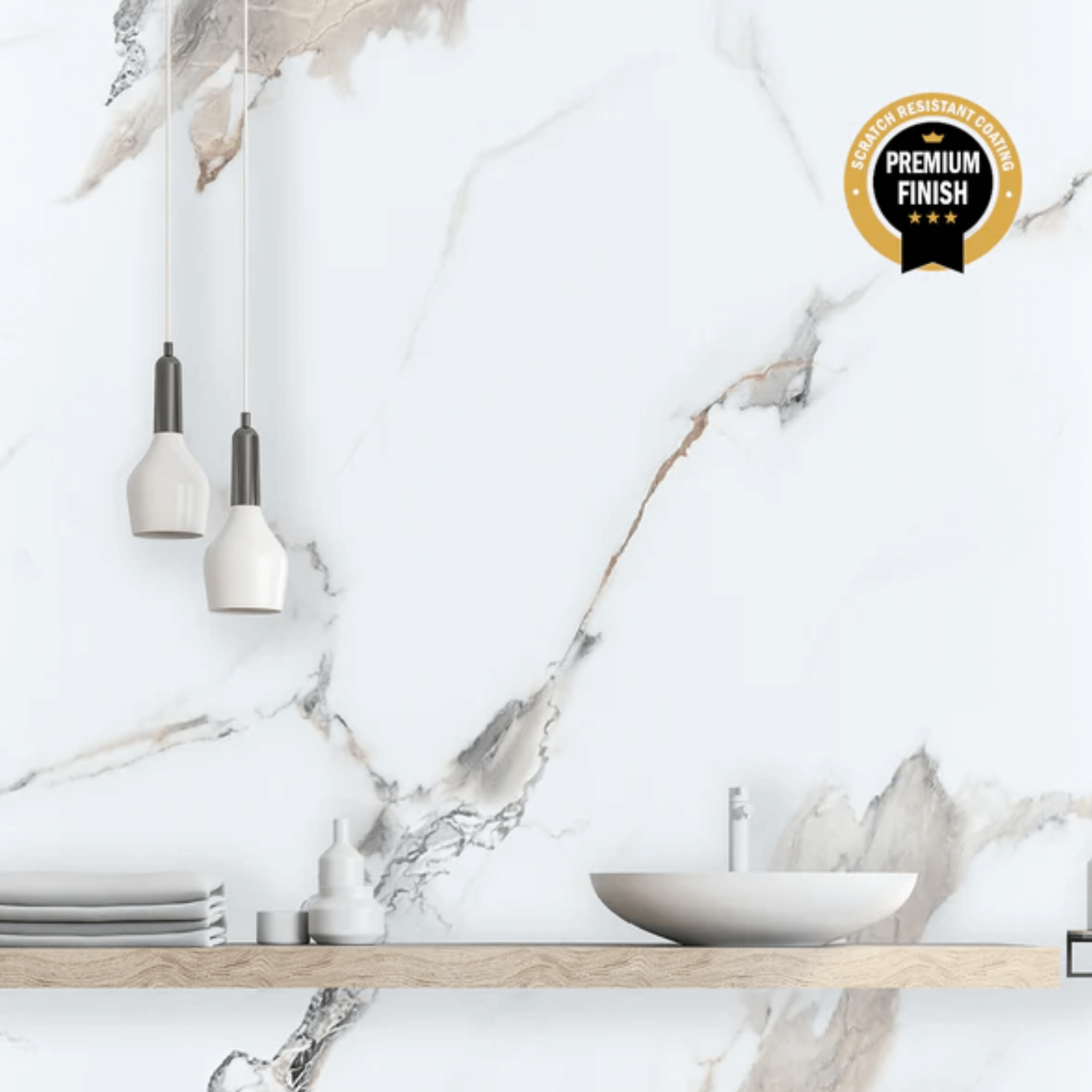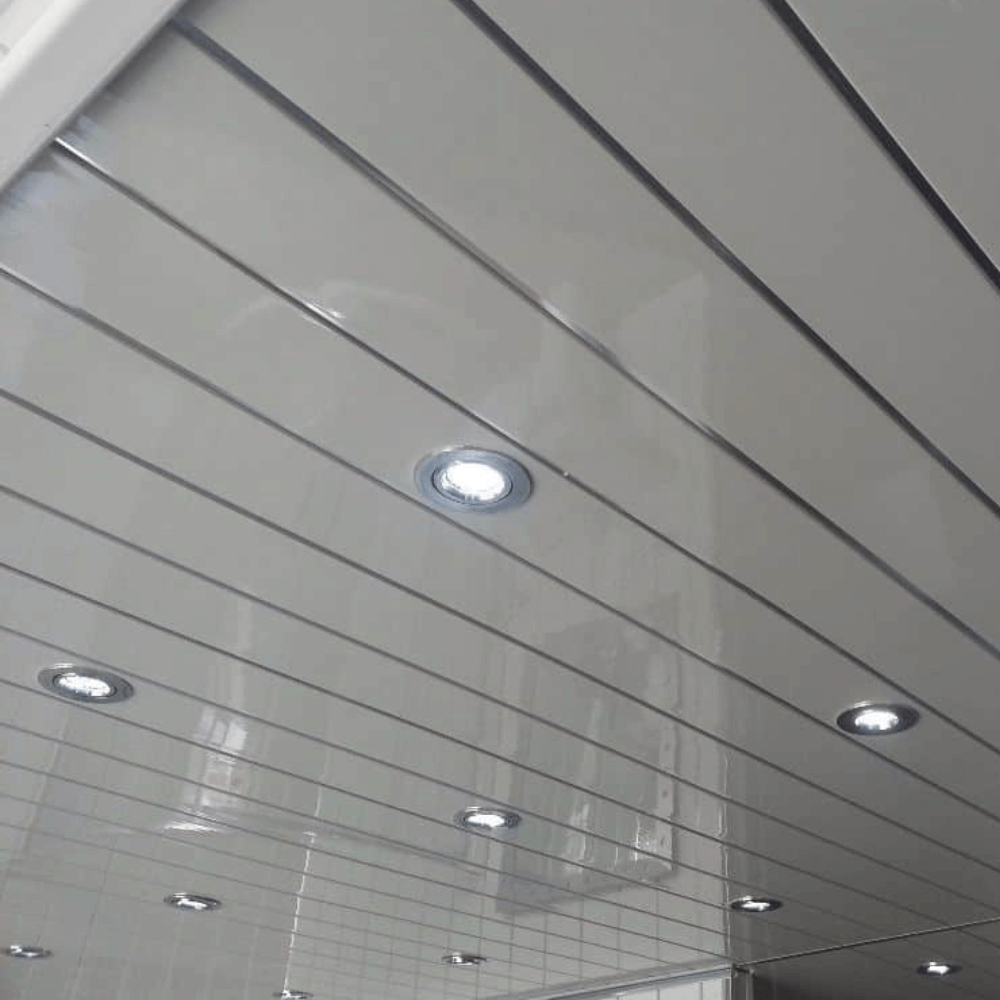Applying a silicone seal between your bath or shower and bathroom panels is crucial to prevent water leaks, mould growth, and long-term damage to walls or flooring. A well-sealed joint not only protects your bathroom but also gives it a polished, professional look. Whether you're refreshing old silicone or sealing for the first time, a careful, methodical approach makes all the difference. These practical tips will help you apply silicone neatly and effectively, even if you're a beginner — from preparing the area and choosing the right tools to achieving a smooth, lasting finish.

1. Preparation is Key
Proper preparation ensures a clean finish. Gather all necessary tools and materials. Start with a small section and practice using a sealant gun on cardboard if you’re new to it. This helps build confidence and ensures better results when sealing your bathroom.
2. Use Masking Tape to Save Time and Ensure Clean Lines
- Apply Tape: Place two lengths of masking tape on either side of the join, leaving a 3-4mm gap for the sealant to grip.
- Benefits: This method ensures straight, even edges and minimizes mess. Remember to remove the tape while the silicone is still wet for a clean finish.
3. Proper Application of Silicone
- Prepare the Sealant Tube: Cut the nozzle tip at an angle and place it in the caulk gun. Start from a rear corner and run a bead of silicone along the join.
- Shower Enclosures: Seal only the outside of the shower enclosure to prevent stagnant water and unpleasant smells. This allows water to flow back into the shower area and drain properly.
4. Use an Applicator Tool for a Professional Finish
- Applicator Toolkit: Use a silicone applicator tool to smooth the sealant. This pushes the silicone into gaps and removes excess, giving a professional finish.
- Top Tip: Lightly wet your finger and the applicator tool to prevent sticking and ensure a seamless finish. Wipe the tool clean frequently to avoid spreading excess silicone.
5. Alternate Between Applying and Smoothing the Silicone
- Work in Sections: Apply and smooth the silicone in small sections to prevent it from drying before you finish.
- Filling the Bathtub: When sealing a bathtub, fill it with water to simulate the weight and pressure it will experience in use. This helps ensure a durable seal that can withstand movement and prevent leaks.
By following these tips, you can achieve a clean and effective silicone seal in your bathroom, ensuring it remains watertight and free from damage.









